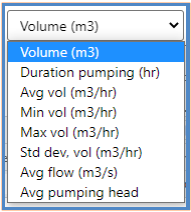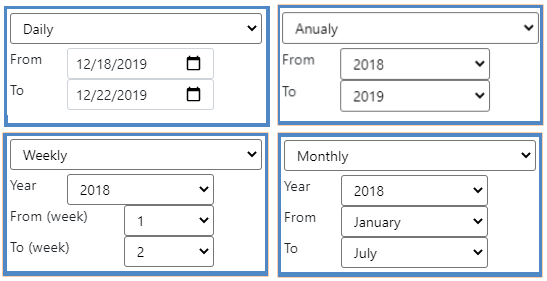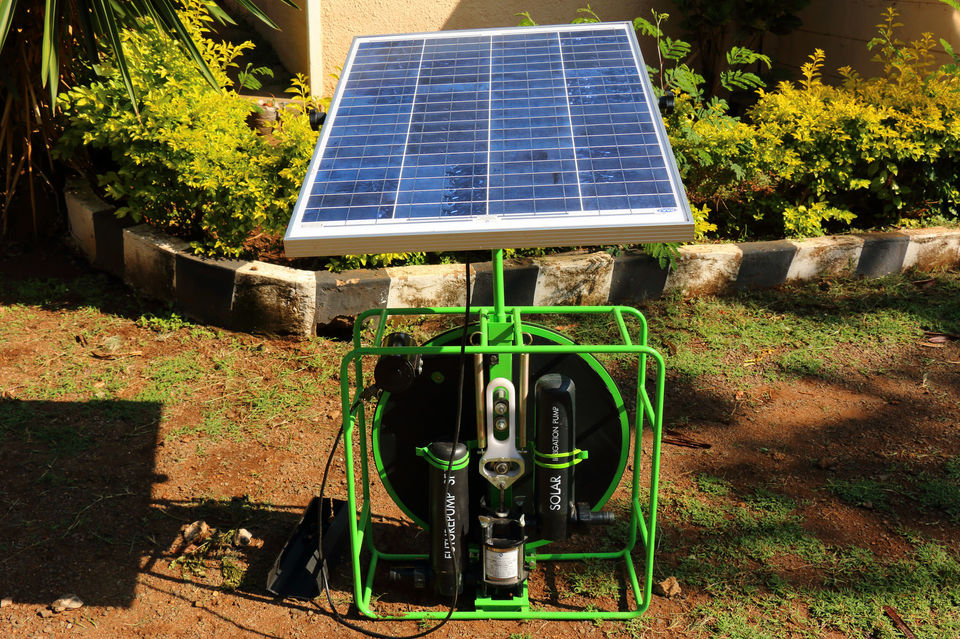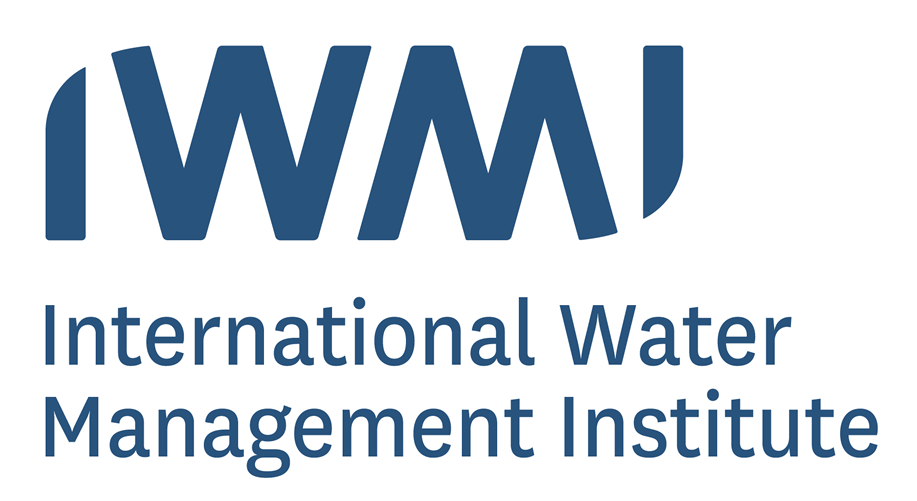Variable

Temporal resolution



| Low pump utilization & Low average weekly volume | ||
| Lower pump utilization & Higher average weekly volume | ||
| Higher pump utilization & Lower average weekly volume | ||
| High pump utilization & High average weekly volume | ||
| Description about other |
This is the explanation of that area. User can select his area of interrest. This is the explanation of that area. User can select his area of interrest.
| Date | Pump | Cluster | Volume (m3) | Duration pumping (hr) | Avg vol (m3/hr) | Min vol (m3/hr) | Max vol (m3/hr) | Std dev, vol (m3/hr) | Avg flow (m3/s) |
|---|---|---|---|---|---|---|---|---|---|
| 2020-05-17 | 8.5 | 4 | 5.65 | 1 | 9.5 | 5.65 | 1 | 9.5 | 5.65 |
| 2020-05-18 | 7.7 | 4 | 8.00 | 2 | 9.5 | 5.65 | 1 | 9.5 | 5.65 |
| 2020-05-19 | 3.4 | 4 | 9.4 | 3 | 9.5 | 5.65 | 1 | 9.5 | 5.65 |
| 2020-05-20 | 11.00 | 4 | 7.22 | 4 | 9.5 | 5.65 | 1 | 9.5 | 5.65 |
| 2020-05-21 | 13.43 | 4 | 21.2 | 5 | 9.5 | 5.65 | 1 | 9.5 | 5.65 |
| 2020-05-22 | 10 | 4 | 15 | 6 | 9.5 | 5.65 | 1 | 9.5 | 5.65 |
Solar Irrigation Information System is a prototype platform that uses near real time data from solar powered irrigation pumps manufactured by Future Pump and located in Kenya. The data derived from individual pumps gives information on location, pumps activity (on/off).

From this basic data it is possible to aggregate data to firstly work out different patterns of use. This helps future design, needs and operations of pumps to support and design teams. The data also provides information on rates of abstraction of shallow groundwaters which ultimately work out when and how much water is being abstracted and if this is sustainable or how it could be better managed in relation to rainfall recharge (this will be the focus of subsequent developments).
The prototype presented here gives access to hourly or aggregated data displayed by different user patterns (as identified through using the raw data with machine learning algorithms. Please enjoy an exploration of the data and please send us constructive feedback to help us further improve, modify and enhance the work as we move into the next development stage.
Contact us:

This work was supported from the CGIAR Big Data Platform through the Inspire challenge, 2019 as a potential for developing a prototype communication tool using Big Data. We are also very grateful for the additional financial and in kind support from Water Land and Ecosystems , IWMI and Future Pump